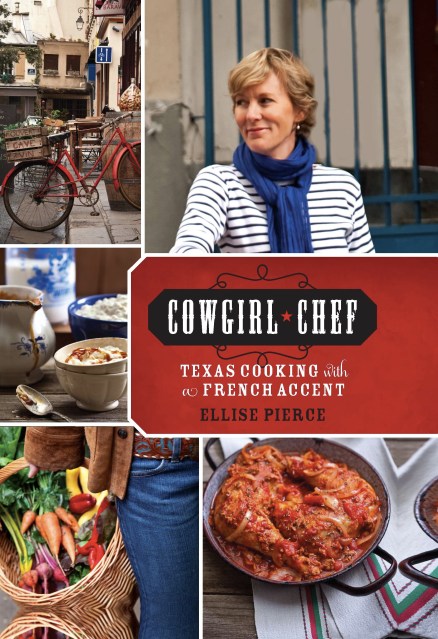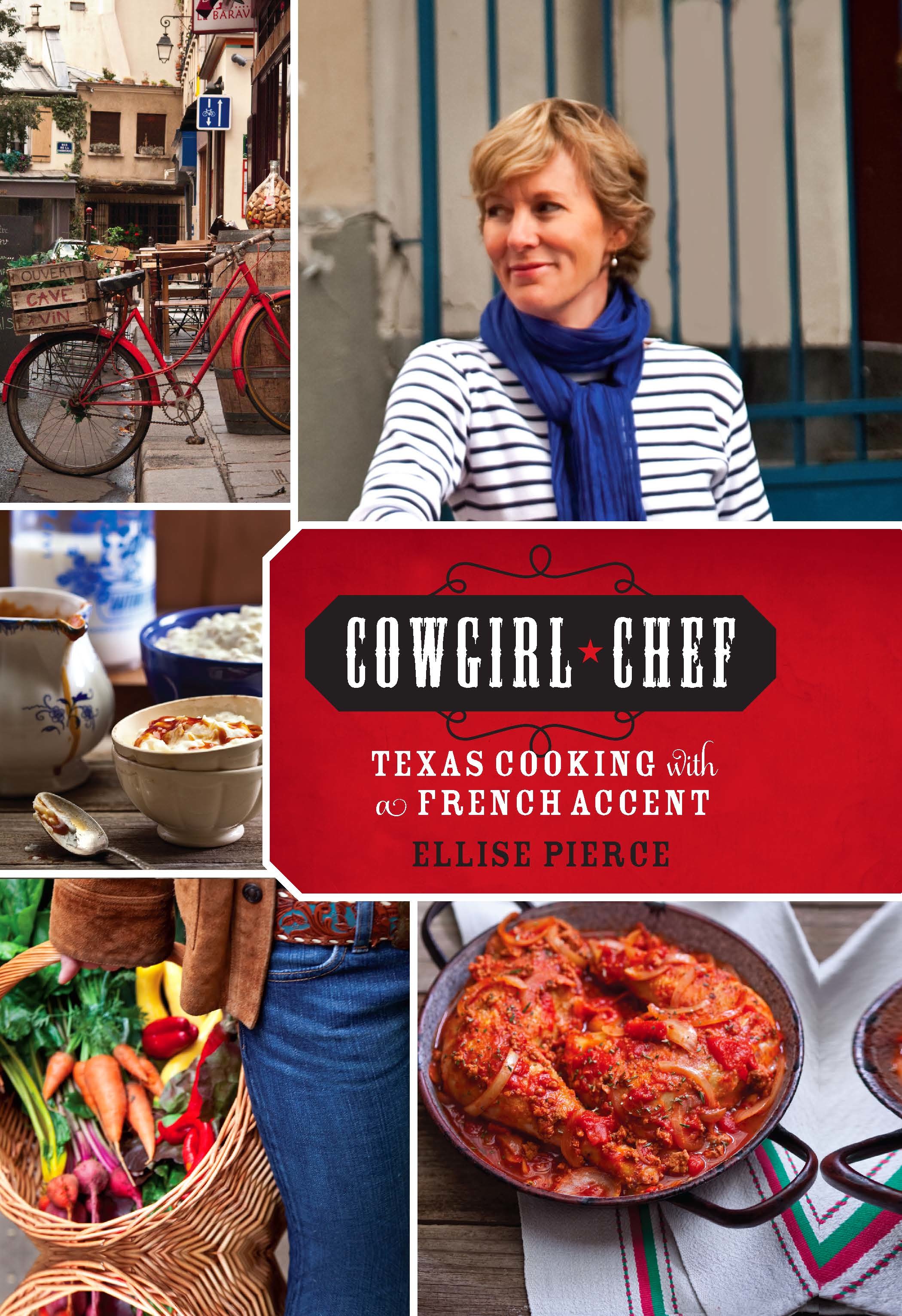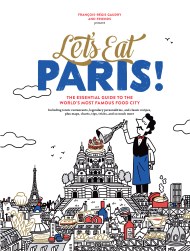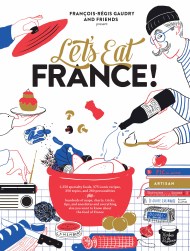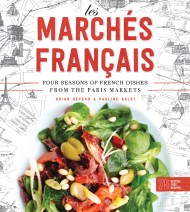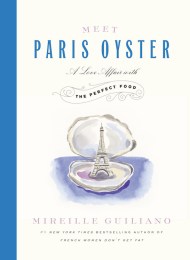Promotion
Sign up for our newsletters to receive 20% off! Shop now. Exclusions apply.
By clicking “Accept,” you agree to the use of cookies and similar technologies on your device as set forth in our Cookie Policy and our Privacy Policy. Please note that certain cookies are essential for this website to function properly and do not require user consent to be deployed.
Cowgirl Chef
Texas Cooking with a French Accent
Contributors
Formats and Prices
Price
$14.99Price
$19.99 CADFormat
Format:
ebook $14.99 $19.99 CADThis item is a preorder. Your payment method will be charged immediately, and the product is expected to ship on or around May 15, 2012. This date is subject to change due to shipping delays beyond our control.
Also available from:
- Cornbread Madeleines
- Jalapeno Pimento Cheese Tartines
- Cauliflower Galettes with Chipotle Creme Fraiche
- Green Chile-Goat Cheese Smashed Potatoes
- Peanut Butter-Chocolate Soufflees
Genre:
- On Sale
- May 15, 2012
- Page Count
- 304 pages
- Publisher
- Running Press
- ISBN-13
- 9780762445059
Newsletter Signup
By clicking ‘Sign Up,’ I acknowledge that I have read and agree to Hachette Book Group’s Privacy Policy and Terms of Use
